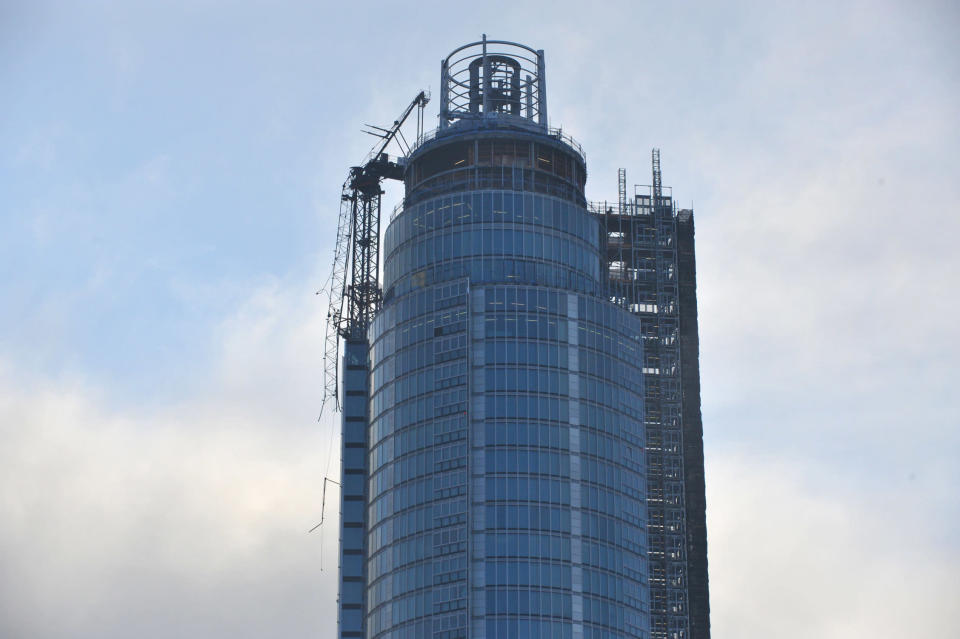London helicopter crash: The key questions air crash investigators will ask

Air investigators will seek answers to a series of key questions as they begin their inquiry into the London helicopter crash today.
There are strict rules governing helicopter flights in the capital and the Air Accidents Investigation Branch (AAIB) team will want to know if proper procedures were followed.
Pilots flying helicopters over London are subject to air traffic control clearance. If they are flying over central London they must have twin-engined aircraft.
Those flying one-engined aircraft must follow the route of the River Thames when operating in the capital. Visibility over central London was poor enough to cause delays at London City Airport in London Docklands today.
If conditions are poor, helicopters might only be able to operate if the pilot was qualified to fly his aircraft by instruments only.
[Related article: Two dead after helicopter crashes into crane in central London]
All those flying helicopters in London would have to follow a set series of routes laid down by the Civil Aviation Authority (CAA).
One of the routes begins at Bagshot in Surrey where helicopters could be requested to hold before their flight.
This route would take helicopters through Surrey and south-west London, with various compulsory and voluntary reporting points on the way.
Another route comes in from Cookham in Berkshire and another from Northwood in north-west London. There are also routes coming in from Oxshott and Banstead in Surrey.
The London heliport is at Battersea in south-east London and there is also a heliport at Ascot in Berkshire.
[Related article: Witnesses speak of Vauxhall helicopter crash horror]
The AAIB will want to know if the proper route was being followed, if conditions were fit for flying and if all precautions were taken.
It could be that the AAIB, as it normally does in major incidents, will issue a short interim report within days.
This report is likely to outline the basic facts of the incident, with a fuller report possibly taking some time to come out.

 Yahoo News
Yahoo News 
